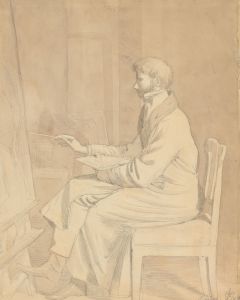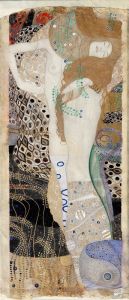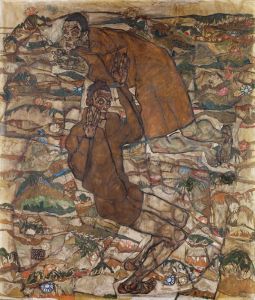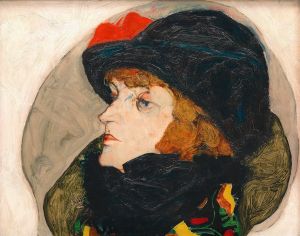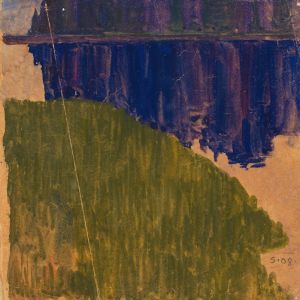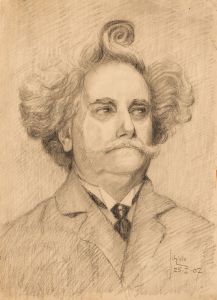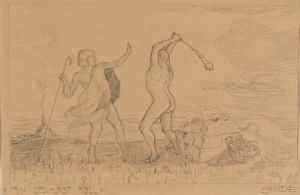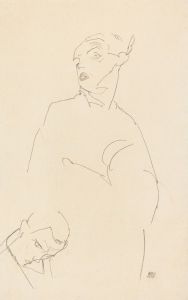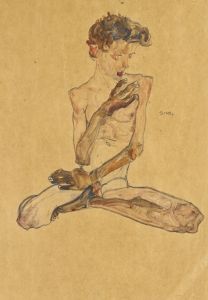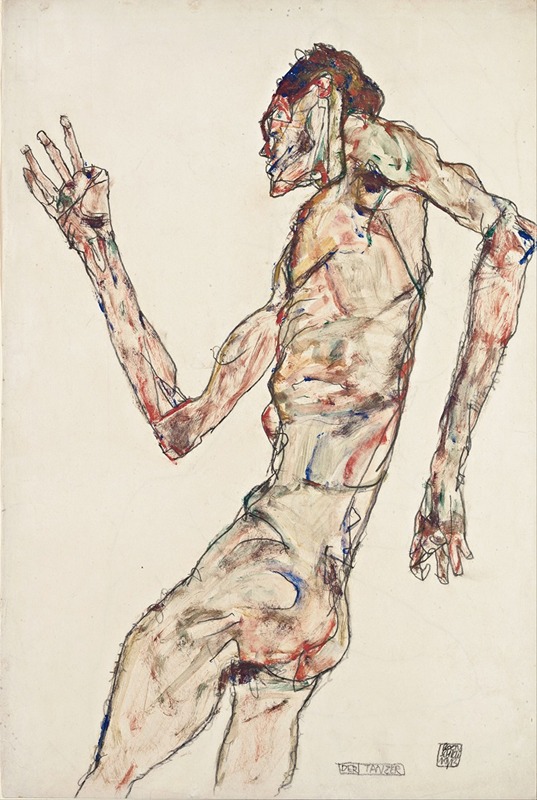
The Dancer
A hand-painted replica of Egon Schiele’s masterpiece The Dancer, meticulously crafted by professional artists to capture the true essence of the original. Each piece is created with museum-quality canvas and rare mineral pigments, carefully painted by experienced artists with delicate brushstrokes and rich, layered colors to perfectly recreate the texture of the original artwork. Unlike machine-printed reproductions, this hand-painted version brings the painting to life, infused with the artist’s emotions and skill in every stroke. Whether for personal collection or home decoration, it instantly elevates the artistic atmosphere of any space.
"The Dancer" is a painting by the Austrian artist Egon Schiele, created in 1913. Schiele, a protégé of Gustav Klimt, is known for his distinctive style that often includes raw, expressive lines and a focus on the human form. His work is characterized by its intensity and the emotional depth he brings to his subjects.
In "The Dancer," Schiele captures a moment of movement and grace, typical of his interest in the human body and its expressive potential. The painting depicts a female dancer, rendered in Schiele's signature style with exaggerated, almost skeletal features, and a stark, angular composition. The dancer's pose is dynamic, suggesting motion and the fluidity of dance, while her elongated limbs and the tension in her body convey a sense of both strength and fragility.
The background of the painting is minimalistic, drawing attention to the figure of the dancer. Schiele often used such sparse settings to focus the viewer's attention on the subject's form and the emotions conveyed through their posture and expression. The use of color in "The Dancer" is also notable, with the artist employing a limited palette to highlight the contours and lines of the dancer's body.
Egon Schiele's work, including "The Dancer," is often seen as a reflection of the broader Expressionist movement in early 20th-century art. Expressionism sought to convey emotional experience rather than physical reality, and Schiele's intense, sometimes unsettling depictions of the human form are a key example of this approach. His work frequently explores themes of sexuality, existential angst, and the human condition, making him a pivotal figure in the development of modern art.
"The Dancer" exemplifies Schiele's ability to capture the essence of his subjects through his unique artistic vision. The painting is part of a broader body of work that has been celebrated for its boldness and psychological depth. Schiele's influence can be seen in the works of later artists who continued to explore the boundaries of human expression and the depiction of the body in art.
Egon Schiele's career was tragically cut short when he died at the age of 28 in 1918, during the Spanish flu pandemic. Despite his brief career, he left behind a significant legacy, with "The Dancer" being one of the many works that continue to be studied and admired for their contribution to the Expressionist movement and their profound impact on the trajectory of modern art.
Today, "The Dancer" is housed in various collections and continues to be exhibited in museums and galleries around the world, where it remains a powerful testament to Schiele's artistic genius and his enduring influence on the world of art.





